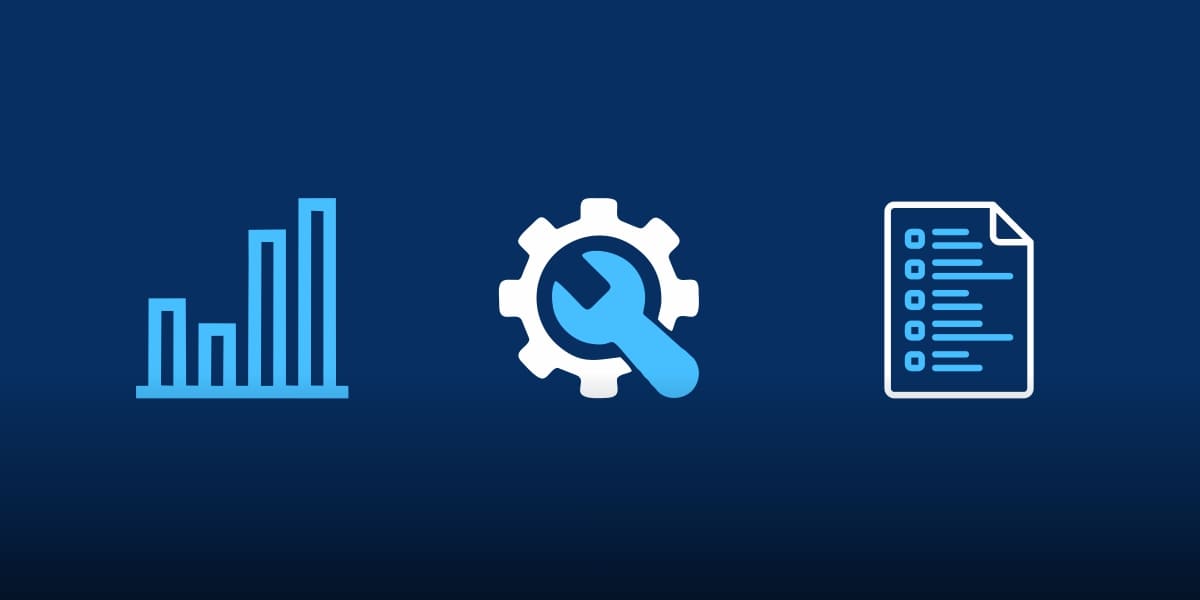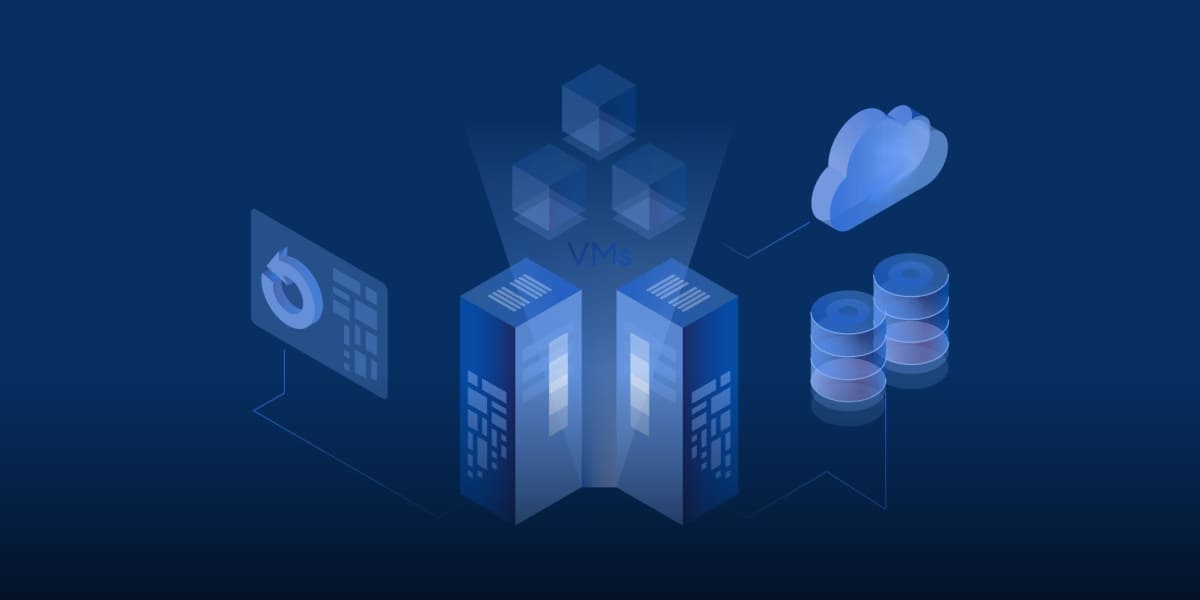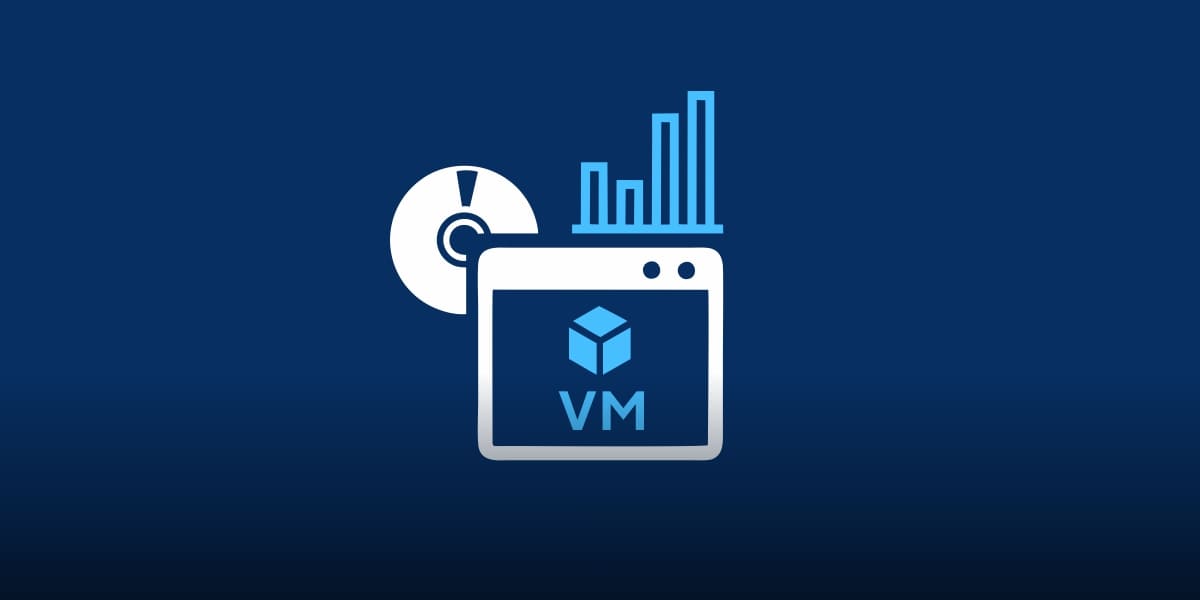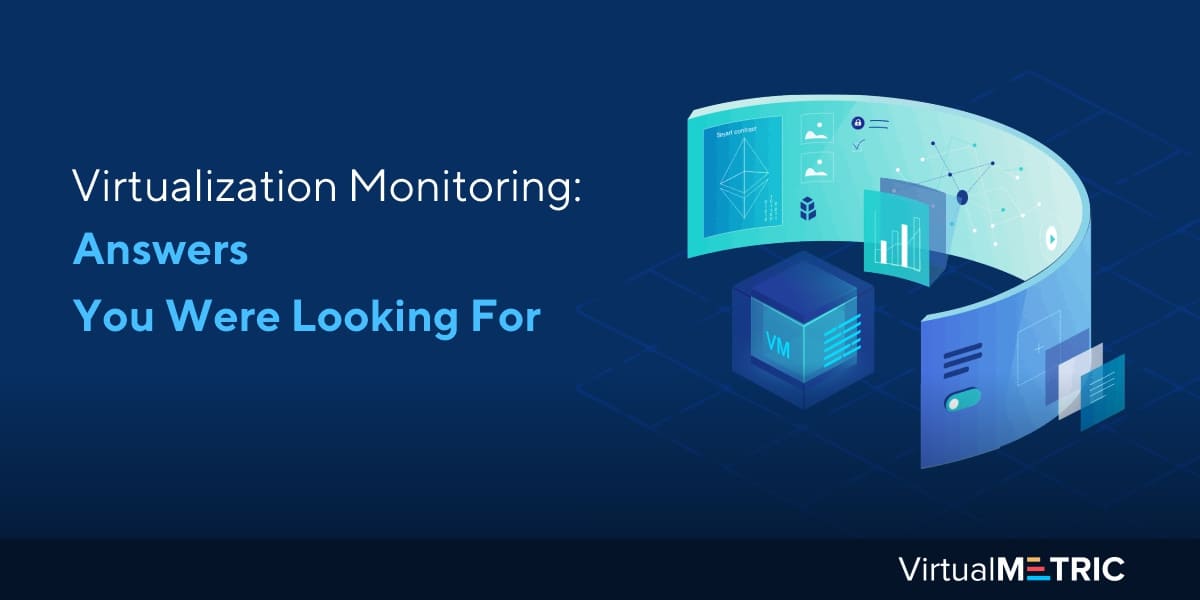Virtualization monitoring can ensure your virtualized infrastructure is performing at its best capacity. The chances of issues on the part of the physical server escaping your sight are quite high, as several virtual machines (VM) are sharing resources. This is why it’s important to understand everything there is to virtualization and virtualization monitoring.
As the environment and infrastructure grow, so does the virtualization infrastructure. You need effective management and monitoring, which gives you full control of virtualization. VirtualMetric’s virtualization monitoring tools provide agentless monitoring for Microsoft Hyper-V, VMware and Red Hat. They cover all the KPIs of virtualization to ensure problems are detected earlier and resolved timely.
If you’re considering deploying virtualization monitoring, here are some of the most important questions and their answers
What is Virtualization Monitoring?
Virtualization monitoring is the process of monitoring and ensuring that the virtual infrastructure is running optimally. It’s a set of routine tasks that collect information and present them as key metrics for analysts and technicians to detect issues and rooms for improvement.
Virtualization monitoring can be specific to the type of virtual environment or system. For instance, VMware, which is the most common virtualization software, may have a monitoring tool specific to it. Similarly, server virtualization may be specific to servers, such as SQL Server Virtualization monitoring.

Virtualization monitoring consists of three main processes:
- Monitoring: It monitors the overall health of the virtual machines in the virtual infrastructure and detects and isolates issues.
- Troubleshooting: It tries to troubleshoot issues that result in a VM or physical device not performing as it ideally should.
- Reporting: It reports valuable data regarding the performance to help achieve goals and take important business decisions.
What are the Three Main Types of Virtualization?
Virtualization can be divided into several types based on which part of the IT infrastructure it impacts. All types may require monitoring to ensure their smooth running, some, of course, even more so than others. Understanding the different types can help you understand what metrics matter.
Server Virtualization
Server virtualization is the most common, and it involves creating several virtual machines over a physical server. These virtual machines share the resources of the physical server, which the hypervisor actively distributes. The hypervisor is the software that’s actually operating on the physical server, provisioning resources.
 This virtualization technology allows one to run several separate virtual entities on a single physical server and machine. These virtual machines have their own operating system (OS), which can be different from the OS of the main system.
This virtualization technology allows one to run several separate virtual entities on a single physical server and machine. These virtual machines have their own operating system (OS), which can be different from the OS of the main system.
Storage Virtualization
Storage virtualization involves grouping storage from different disks and presenting it as single storage in a virtual environment. It’s very similar to server virtualization with a few key differences. RAID is an example of storage virtualization as it presents physical storage as virtual disks.
Network Virtualization
In network virtualization, most networking is done through software, while the physical network is only responsible for forwarding packets. In simpler words, network virtualization disengages and creates virtual networks, away from the physical network. It was pioneered by VMware’s ESX hosts, and then later adopted by Cisco as well, who went on to create network switches as software.
 What are the Benefits of Virtualization Monitoring?
What are the Benefits of Virtualization Monitoring?
There are several important advantages of virtualization monitoring that contribute to the overall efficacy and performance of the IT infrastructure in any enterprise.
- Capacity Planning: A virtual machine monitor can help admins to plan capacity better. Capacity planning involves checking whether the server or resource capacity is adequate for the VMs and how much more capacity will be needed in the future.
- Better Management: It makes resource allocation within the virtual environment much more efficient. No idle VM is taking up resources, barring others from using them. Infrastructure monitors can use the info to better manage resources.
- No Server Overload: At no time are the servers overloaded with resource requests. If there are too many VMs running on a single server, the performance can slow down significantly.
- Quality Performance: Virtualization monitoring generally improves the performance of the virtualized infrastructure. It helps detect problems through key metrics about performance.
What are Common Problems with Virtualization?
While virtualization can have many benefits, it’s not without its challenges. While some problems may depend on the specific virtual machine, many performance challenges can easily be handled through virtualization monitoring.
- Resource Distribution: You don’t want a VM using too many resources or too little. Resource distribution needs to take place in real-time and with the utmost efficiency. While hypervisors are consistently getting good at it, this is something VM managers need to stay on top of at all times.
- Compatibility Issues: If the physical architecture is too old, there can be compatibility issues using modern virtualization tools. At the end of the day, physical architecture has the most important role to play, so it has to be compatible.
- Security: VMs with pure security are particularly vulnerable and can even risk the host. This is another reason why monitoring is really important to ensure there’s no intrusion or hacks.
What Does Virtualization Monitoring Tool Do?
A VM performance monitoring tool not only monitors the performance but also presents it in a digestible format, typically on a dashboard. It provides an interface to VM managers to supervise and observe all aspects of virtualization. Doing that manually can be an incredibly cumbersome task for virtualization technicians. Too many problems may simply slip through the cracks resulting in bigger issues over time.
 Virtualization monitoring software has a built-in tool for capacity planning with recommendations to improve performance. With detailed inventory and performance reports, managers can get the big picture view of virtualization and whether it’s helping reach the performance and enterprise goals.
Virtualization monitoring software has a built-in tool for capacity planning with recommendations to improve performance. With detailed inventory and performance reports, managers can get the big picture view of virtualization and whether it’s helping reach the performance and enterprise goals.
Conclusion
Virtualization offers flexibility within the IT infrastructure. Rather than having many dedicated physical servers and storage, businesses can utilize VMs to utilize the same resources efficiently. However, it requires constant monitoring to ensure everything is running smoothly and that the VMs are giving optimal performance.
In contrast to traditional physical infrastructure, monitoring virtualized infrastructure can be quite challenging. This is why organizations that actively utilize virtualization need a reliable VM monitoring tool for the specific hypervisor they are using.


Leave a Reply